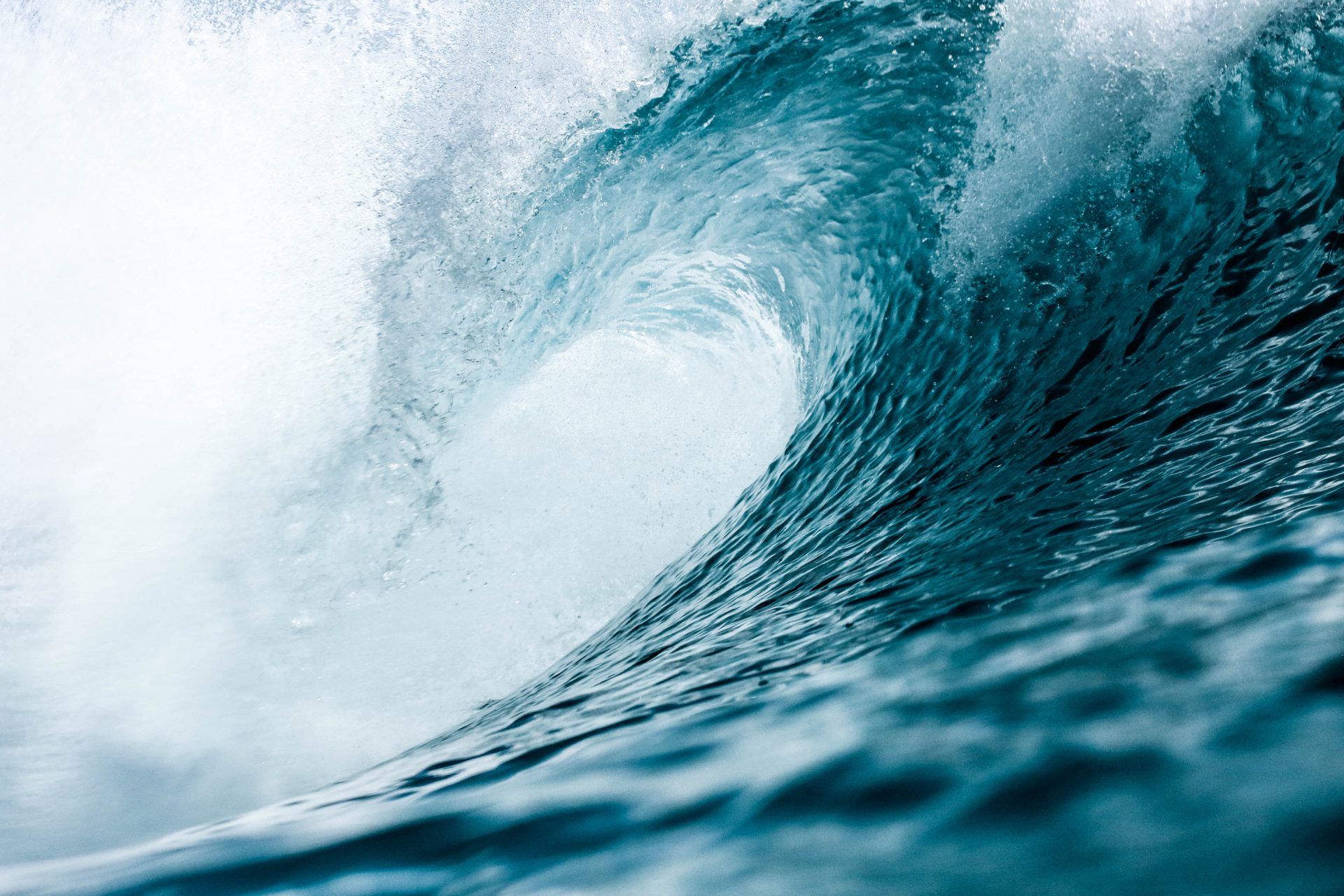Our research in this area has three broad themes:
Integrable systems
The study of coherent structures and patterns arising in nonlinear systems is important for the understanding of many phenomena in nature. In general, it is impossible to obtain exact analytic solutions to most nonlinear systems and the best one can do is to use approximate and numerical methods. There is, however, an exceptional class of nonlinear systems called integrable systems, which can be analysed meticulously and admit special classes of exact solutions in the form of solitary and nonlinear plane waves.
The discovery of solitons is attributed to John Scott Russell (1834). Their real mathematical understanding began with the discovery of the inverse scattering method (the spectral transform method in modern terminology) by Gardner, Greene, Kruskal and Miura in 1967.
The field is of intradisciplinary nature embracing many modern branches of mathematics in algebra, geometry, and analysis.
Integrability conditions & hidden structures of integrable systems
Two important and fundamental problems in the field of the integrable theory are: for a given system, to determine whether it is integrable; and for a given family of nonlinear equations, to select which ones are integrable. In order to answer these questions, one has to verify a set of necessary integrability conditions. The importance of these sets stems from the fact that they provide us with the means not only to check integrability but also to derive the hidden properties of the system such as its hierarchies of canonical conservation laws and higher order symmetries.
The theory for partial differential equations is well understood and widely used for some classes. It is much less known for difference equations.
The main research topics in Kent are:
- To derive explicit necessary conditions for the existence of symmetries and/or conservation laws for a given system and develop an algorithmic method for testing integrability of both differential and difference systems.
- To implement the algorithm in symbolic computations with the aim to produce a package for the symbolic computation of the generalised symmetries of difference equations which will also be suitable to use in the classification of discrete integrable equations.
- To study the hidden structures associated with integrable systems such as recursion operators, multi-Hamiltonian structures and Lax representations.
Discrete integrable systems
A large number of mathematical models that describe the evolution of a state over time, space or any abstract variable are discrete systems. The term discrete system refers to systems of ordinary or partial differential equations, recurrence relations, dynamical mappings or even functional relations that can predict the immediate future of all state variables given the present values of these variables. Among them, discrete integrable systems constitute an exceptional subclass. They share a core of distinguishing features and present organized behaviour due to particular underlying mathematical structures.
Our research into integrable systems within SMSAS investigates systematically novel aspects of discrete integrable systems by bringing together ideas from different areas of mathematics, to develop new techniques and to apply them to new and classical mathematical models. The research interests of the group include the study of integrable lattice equations and their corresponding reductions, Lax representations associated with discrete integrable systems, algebraic and geometric methods for studying the behavior of solutions, new discretization techniques of continuous systems that preserve integrability properties, integrable recurrences derived from cluster algebras, dynamics over finite fields and various applications of solvable models in physics and biology.
Exact solutions of integrable systems
The area of integrable systems started with the remarkable discovery of solitary waves on shallow water, known as solitons. Over the last decade, surprising connections of the soliton theory for the Kadomtsev-Petviashvili (KP) equation with cluster algebras and enumerative geometry have been discovered. The KP equation is used to model shallow water waves on a surface. Its soliton solutions form web structures.
Our research at Kent aims to develop the dressing method and find exact solutions for basic systems of partial differential and differential-difference equations and to tackle the problem of construction, description and visualisation of such exact solutions.
Topological Solitons
Topological solitons are smooth, localised, finite energy solutions of partial differential equations. The number of solitons cannot be changed by smooth changes of the fields due to topology. Solitons are used to describe extended particles, such as vortices in superconductors or domain walls in magnetic systems, and have many applications in physics.
When studying solitons we are interested in the following questions:
- What is the minimum energy configuration for a given number of solitons?
- What happens when two solitons collide?
- How do solitons interact with impurities?
- What is the quantum description of solitons?
The area of topological solitons is very stimulating because many areas of mathematics (and physics) come together. We often use Lagrangian and Hamiltonian dynamics, differential geometry, numerical analysis, group theory, homotopy theory, and compare our results to physics.

The energy density of a configuration with four vortices located at the corners of a square
Symmetries and conservation laws
Conservation laws and geometric integration
For variational problems, both smooth and discrete, Lie group symmetries of the Lagrangian lead to conservation laws via Noether’s Theorem.
Elizabeth Mansfield and her past and current PhD students have shown that in the smooth and difference cases, these laws can be written explicitly in terms of a moving frame together with invariants of the Lie group action.
Current work revolves around discretisations of variational systems which are
- symplectic and
- have discretisations of all Noether’s conservation laws, with
- equations and laws all converging to their smooth counterparts, and which
- can be written down algorithmically.
